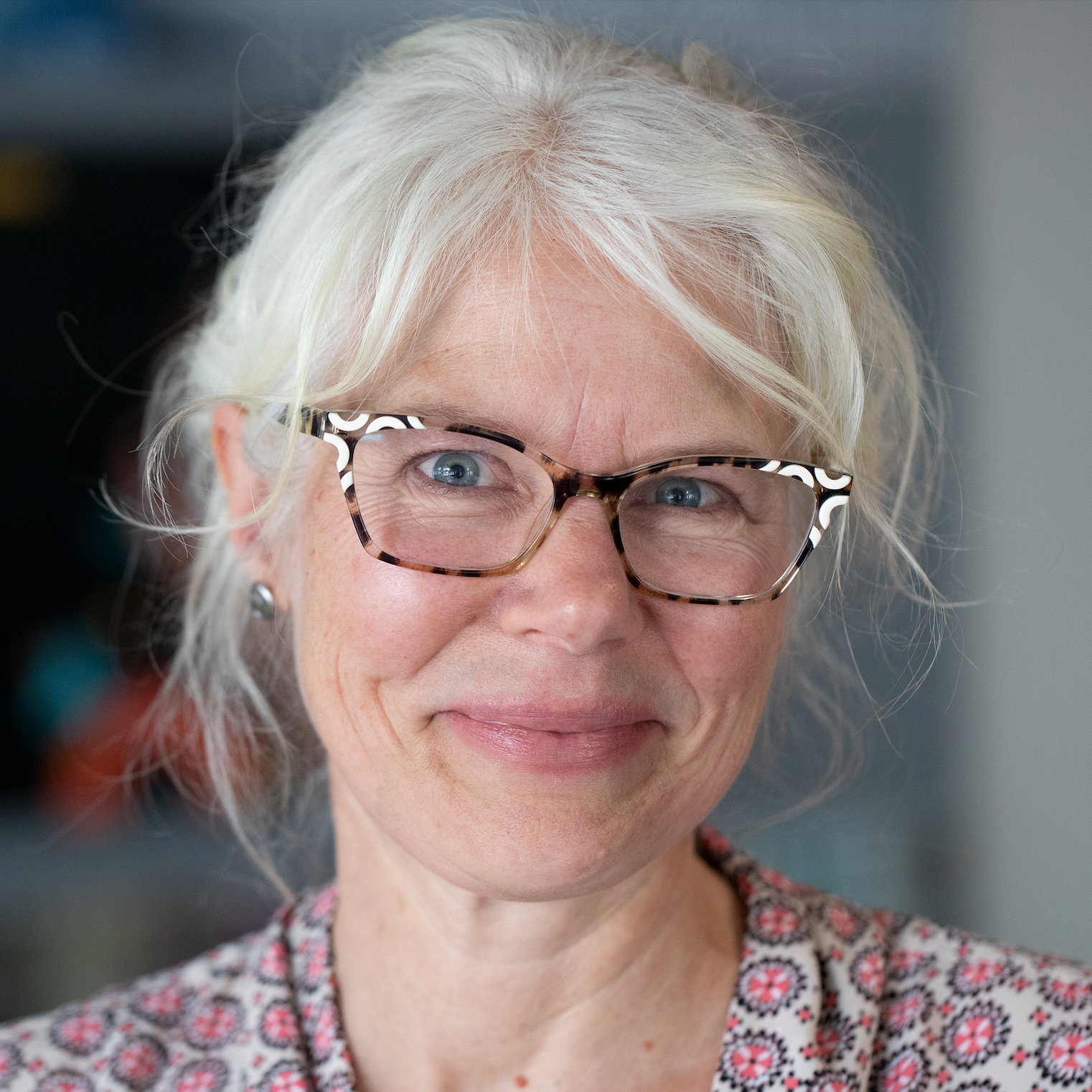
Today more than ever, we don’t have time to teach based only on good intentions and hope.
Instead, we need to tap into the research evidence on how we can best help all students read with strong comprehension.
The research that forms the science of reading addresses two big questions. First, what should be taught—what kinds of skills or knowledge in the elementary years actually support reading comprehension later in life?
Second, what works in teaching those things—what methods or protocols show evidence of highest effectiveness?
What the science of reading is not
Misunderstandings abound. Let’s be clear that the science of reading is none of these things:
- Settled by one study. New understandings continue to evolve; many hundreds of strong research findings about reading are published every year. Wielding a single research study like a sword is not how to build actionable consensus together. We need to find where research is converging.
- Too unsettled to be useful. We have a lot of converging evidence summarized in good research syntheses, and we have a thriving research-to-practice space that supports translating our current understandings into the classroom. Here are three clear and useful findings:
- 1) Systematic and explicit phonics instruction is effective for all students and especially critical for some.
- 2) Strong phonemic awareness training helps kids become fluent readers more efficiently.
- 3) Metacognitive strategies like self-monitoring for meaning and building inferences help readers improve their comprehension.
- Only about phonics and phonemic awareness. Converging research evidence clearly tells us that what matters for long term reading outcomes includes vocabulary, language development, fluency, and text comprehension. In each of these, a body of research helps us understand what works more effectively in teaching that domain.
- Against balance. While some proponents of the science of reading decry the dangers of “balanced literacy,” they are not opposed to teaching both comprehension and decoding. Instead, their frustration is mostly about some particular ill-advised practices. One weak practice is haphazard and incidental phonics instruction – the opposite of systematic. This is when teachers just stumble into teachable phonics moments during a read-aloud: “Oh, look at that, here’s a silent E. That makes this say HOPE instead of HOP!” Incidental instruction has no intentional sequence and no planful lesson structure for acquiring the new skill. For teachers to pull off systematic and explicit phonics instruction, they need an actual curriculum.
- At odds with the art of teaching or with play. A good teacher knows what matters, what works, and why—the science. But that teacher also knows how key it is to infuse play into learning, build engagement with reading, and always offer high-quality, responsive adult-child language interactions. Science and love work together.
Where can we start?
Excellent resources—many of them paid for by our tax dollars—summarize what converging evidence tells us and point to how to use that in practice:
- The What Works Clearinghouse has two teacher guides for early literacy: one focuses on foundational skills and the other on reading comprehension.
- The renowned Florida Center for Reading Research has printable research-to-practice student center activities for pre-kindergarten to fifth grade. Many could be used at home, too.
- The Institute for Education Sciences has developed a website for families called Supporting Your Child’s Reading at Home. It is packed with information, activities, and video examples for supporting children in kindergarten through third grade.
These research-to-practice materials can only help if we actually understand and use them. In each of your district’s elementary schools, commit to building a learning community around one or more of these materials. Build a cycle: read, discuss, try things with students, reflect, and repeat. This is how the science of reading matters, and how it works: by putting it to use in practice.
Cindy Jiban is the principal academic lead at NWEA and a former K-8 educator.







